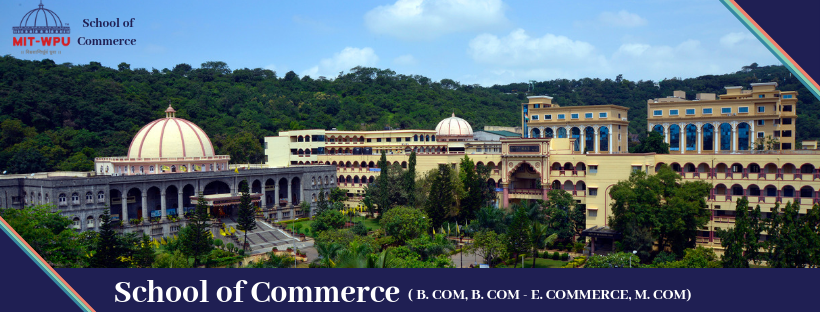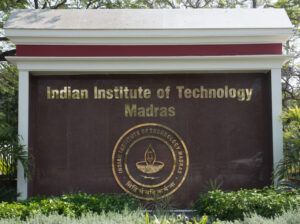New Delhi: In India on an average, nearly nine million people migrated between the states every year during 2011-16 for work or education as per the Economic Survey 2016-17 presented by the Finance Minister Shri Arun Jaitley in the Parliament yesterday (31 Jan 2017). This estimate is significantly greater than the annual average flow of about 4 million during 2001-2011 as per the Census 2011.
States like Delhi, Maharashtra, Tamil Nadu, and Gujarat attract largest migrants from the Hindi heartland of Uttar Pradesh, Bihar, and Madhya Pradesh. Kolkata in West Bengal attracts migrants from nearby states of Jharkhand, Uttar Pradesh, and Odisha. Seven states reflecting net in-migration: Goa, Delhi, Maharashtra, Gujarat, Tamil Nadu, Kerala and Karnataka. Out-migration rate—or the rate at which people have moved out—rose in Madhya Pradesh, Bihar and Uttar Pradesh and dipped in Assam.
The migration for work and education is accelerating. In the period 2001-2011 the rate of growth of labour migrants nearly doubled relative to the previous decade, rising to 4.5 per cent per annum. Interestingly, the acceleration of migration was particularly pronounced for females and increased at nearly twice the rate of male migration in the 2000s.
There is also a doubling of the stock of inter-state out migrants to nearly 12 million in the 20-29year old cohort alone. One plausible hypothesis for this acceleration in migration is that the rewards (in the form of prospective income and employment opportunities) have become greater than the costs and risks that migration entails. Higher growth and a multitude of economic opportunities could therefore have been the catalyst for such an acceleration of migration.
The study based on the analyses of new data sources and new methodologies also shows that the migration is accelerating and was particularly pronounced for females. The data sources used for the study are the 2011 Census and railway passenger traffic flows of the Ministry of Railways and new methodologies including the Cohort-based Migration Metric (CMM) .
The new Cohort-based Migration Metric(CMM) shows that inter-state labor mobility averaged 5-6.5 million people between 2001 and 2011, yielding an inter-state migrant population of about 60 million and an inter-district migration as high as 80 million. The first-ever estimates of internal work-related migration using railways data for the period 2011-2016 indicate an annual average flow of close to 9 million migrant people between the states. Both these estimates are significantly greater than the annual average flow of about 4 million suggested by successive Censuses and higher than previously estimated by any study.
Another key finding of the report is that patterns of flows of migrants found in this study are broadly consistent with what is expected – less affluent states see more out migration migrating out while the most affluent states are the largest recipients of migrants. The report shows the strong positive relationship between the CMM scores and per capita incomes at the state level. Relatively poorer states such as Bihar and Uttar Pradesh have high net out-migration. Seven states take positive CMM values reflecting net in-migration: Goa, Delhi, Maharashtra, Gujarat, Tamil Nadu, Kerala and Karnataka. The costs of moving for migrants are about twice as much as they are for goods – another confirmation of popular conception.








